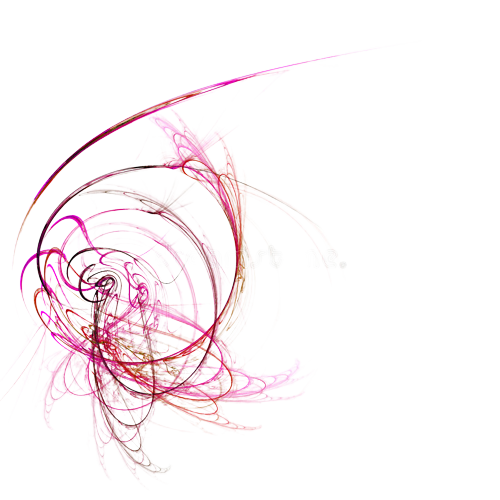Is food coloring plant-based?
Most “natural” food coloring is vegan, as they are derived from plants. The only exception is carmine (a.k.a cochineal), which is made from bugs. But the most common type of food coloring that you’ll see in food are artificial colors; this includes names like Red 40, Blue 1, and so on.
What are natural food dyes?
Pro Tips for Natural Food Coloring
- Pink: strawberries, raspberries.
- Red: beets, tomato.
- Orange: carrots, paprika, sweet potato.
- Yellow: saffron, turmeric.
- Green: matcha, spinach.
- Blue: red cabbage + baking soda.
- Purple: blueberries, purple sweet potato.
- Brown: coffee, tea, cocoa.
Is there a natural red food coloring?
Red beets contain a pigment called betanin that gives them their magenta hue and can serve as a natural organic food coloring. Mainly used to color frostings, cookies, cakes, candies, even some pasta, and sauces.
Is Wilton food coloring plant-based?
Wilton. Like Americolor, Wilton is another company that makes vegan gel colors and they don’t test on animals. Also, like Americolor, Wilton’s colors are all made using chemicals. This makes their colors turn out beautifully every time, no matter what you’re coloring (even red vegan food coloring).
Which food coloring is not vegan?
Carmine is made by boiling and grinding up cochineal beetles, and is therefore not vegan.
Is red dye vegan?
Red Dye. Don’t worry, it’s perfectly safe and not as gross as it seems. Due to the amount of processing it gets, the dye is pretty far removed from its entomological roots. But if you’re vegan or keep kosher, you’ll want to avoid anything colored with it.
What can I use instead of food coloring?
Which natural substitute for food coloring will you use?
- Red. Raspberries, Beet root, pomegranate juice, cranberry juice, tomatoes, cherries.
- Pink. raspberries, strawberries.
- Orange. Pumpkin, Carrot Juice, sweet potatoes, paprika.
- Yellow. Turmeric powder, saffron flowers, butternut squash.
- Green.
- Blue.
- Purple.
- Brown.
What can I use instead of blue food coloring?
Spirulina is the closest alternative to Blue 1 and is a great option for panning. The cost-in-use is manageable and Spirulina is stable over a pH range of 5 to 7. However, Spirulina is heat sensitive, and, when added to hot coating syrup, the shade can degrade over time.
Is there a safe red food coloring?
Red Dye 40 is a synthetic color additive or food dye made from petroleum ( 1 ). It’s one of the nine certified color additives approved by the Food and Drug Administration (FDA) for use in foods and beverages ( 2 ). It’s also approved as a food dye for use within the European Union ( 3 ).
How do you make homemade red dye?
Mix 1 cup of salt with 16 cups of water and bring to a boil (or ½ cup of salt with 8 cups of water). Simmer your fabric in this solution for one hour prior to dyeing. (If you are making a plant/veggie based dye, mix 1 part vinegar to 4 parts water and follow the same process). When done simmering, run under cool water.
Is Queen colouring vegan?
And you’ll be pleased to know the majority of Queen products are vegan. Once you’ve got your basic ingredients swapped out for vegan substitutes, the possibilities for sweet treats are endless!
Is red dye 40 vegan?
Is Red 40 Food Coloring Dye Vegan? For dietary vegans, Red 40 is perfectly suitable to consume since the food coloring dye does not use any animal products in its production – the synthesis of Red 40 uses raw materials from petroleum.
